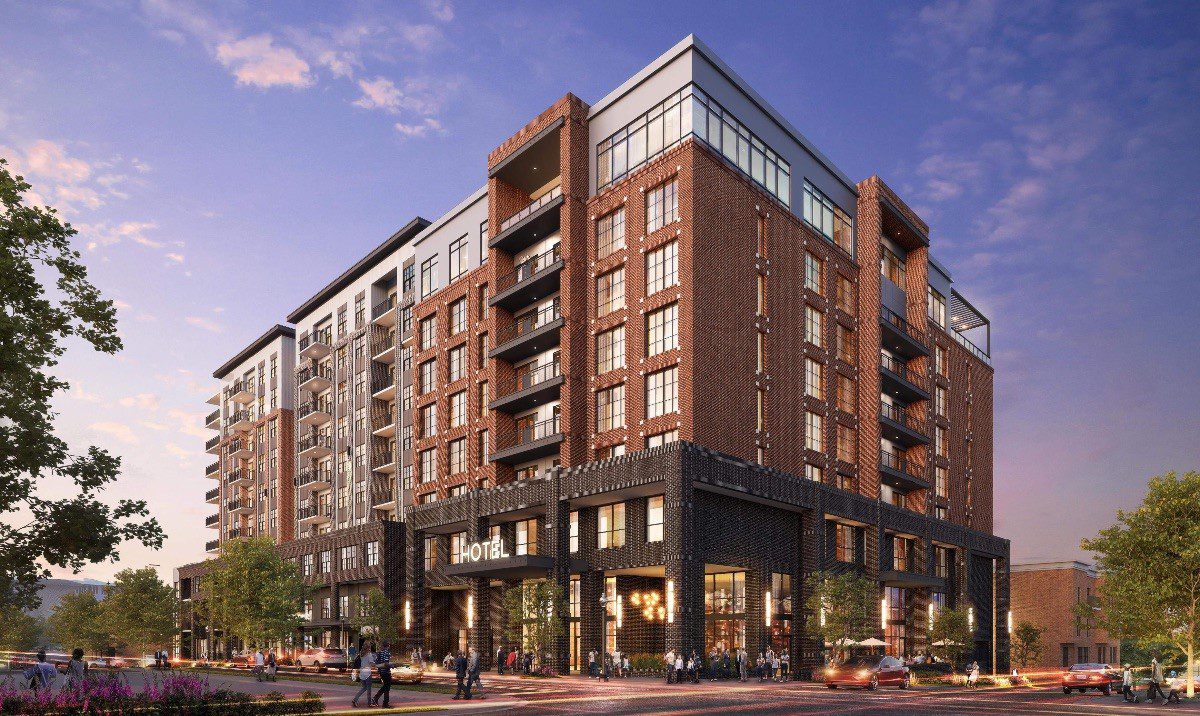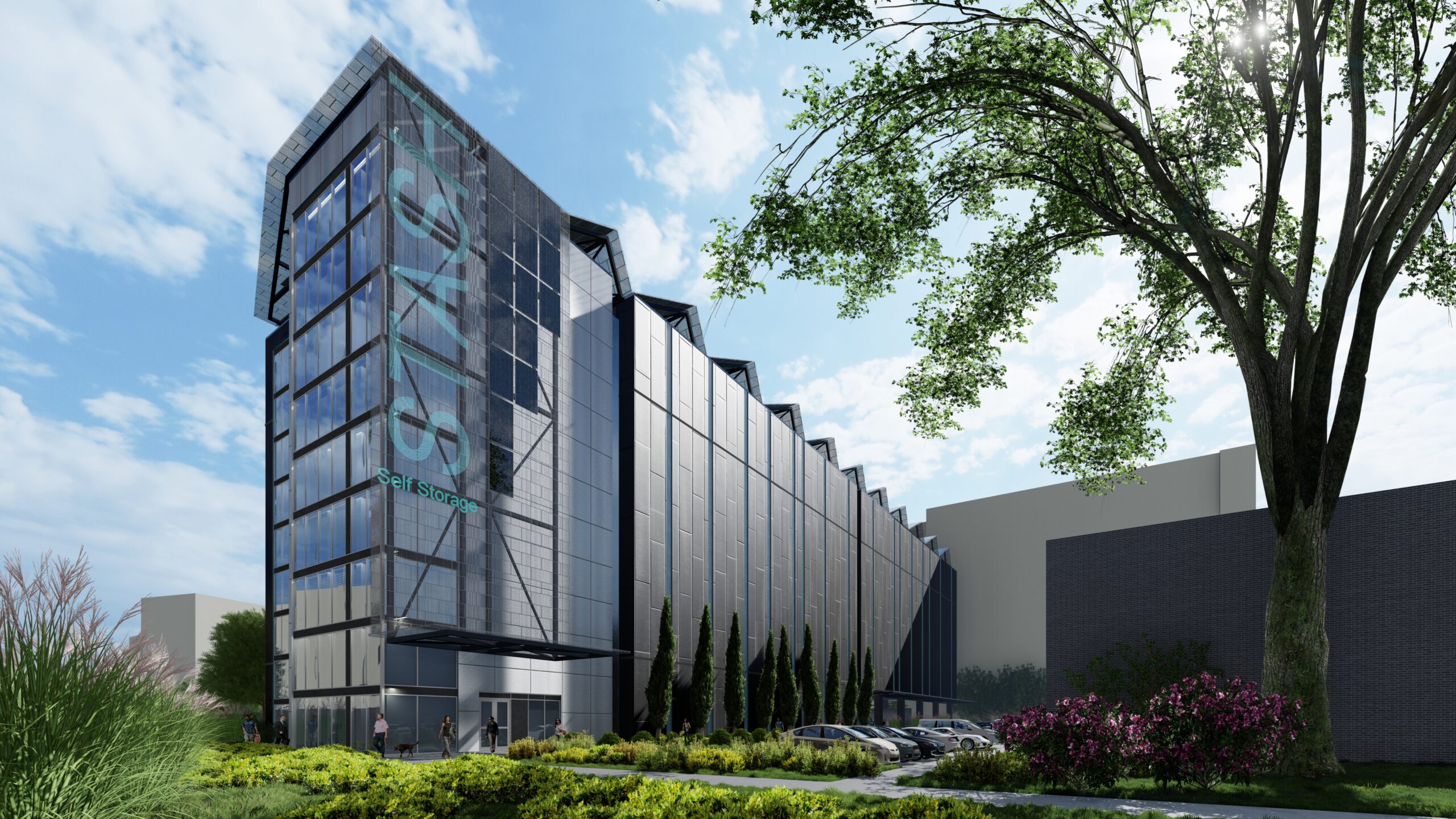| In America, the Industrial Revolution started after the Civil War and continued through World War II. The architecture of factories and warehouses was authentic and utilitarian. Readily available industrial materials, such as brick, steel, copper, concrete, and wood were utilized. The spaces were functional with large windows for daylight and ventilation. The details were basic and there was no reason to cover up the surfaces with plaster, carpet, tile, or ceilings. The buildings were designed for simplicity as a place to manufacture commodities and for the workers to make an honest wage. After World War II, America was coming of age, rural workers were moving into cities and modern buildings were being rapidly constructed. Architecture became more complex and there was a need to hide the plumbing, mechanical and electrical systems. The sustainability of the buildings, creation of a healthy environment or accessibility concerns were not considerations. There seemed to be an endless supply of energy as construction boomed through the 1970’s. Currently, architects and developers are experiencing a trend to return to the authenticity and simplicity of the Industrial Revolution architecture. Concrete floors are not only acceptable but practical and beautiful. Ceilings are being removed for many project types. Concrete walls and columns are being left natural. Steel and wood structural systems and the building’s utilities are exposed. High ceilings and large gridded windows are being specified. Industrial Aesthetic Trend is environmentally friendly, healthy, and economical. Environmentally friendly: Honest use of natural materials is sustainable. The elimination of ceiling tiles, carpet and gypsum board reduce waste in landfills. Large windows reduce utility consumption and exposed mechanical systems are easier to maintain. Healthy: Large, operable windows provide an abundance of natural light, killing germs. Natural ventilation of fresh air helps reduce sick days. Views to nature and the use of natural materials are rejuvenating and combats depression and mental illness. Economical: Reduction of finish materials and ceilings save initial costs as well as on-going replacement costs. Simplicity and honesty in the overall building design reduces construction costs more than complex and ornamental architecture. Today, many developers are re-purposing existing industrial buildings constructed in the early 20th Century. These buildings have a “built-in” industrial aesthetic. Other developers are selecting the aesthetic to honor the industrial innovation that was prevalent in their communities. These industries were often the livelihood of a community and helped sustain the citizens for generations. There are many reasons for the return to the honesty and authenticity of the architecture of the Industrial Revolution. This aesthetic is contextual and reflects the history and heritage of the community, through its architecture. ODA Architecture is grateful to have clients that enjoy honoring the industries, entrepreneurism and factory workers that made America great. |




